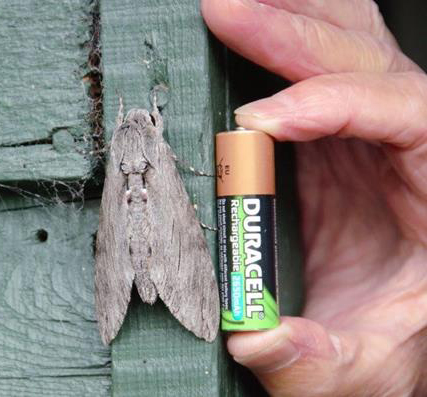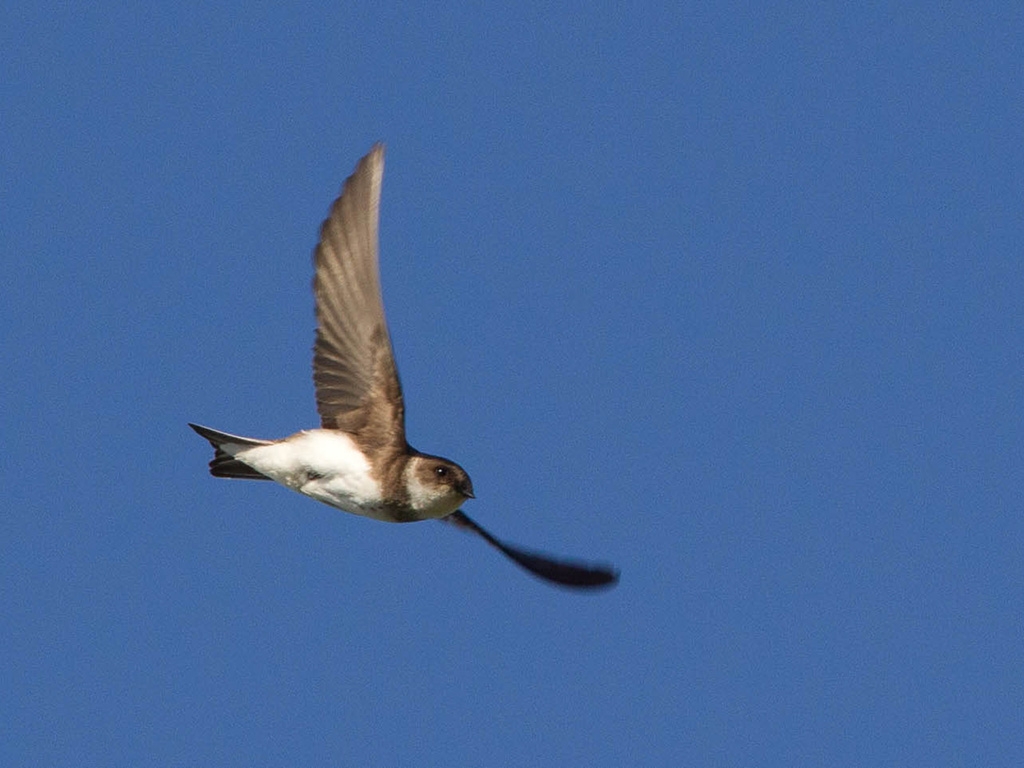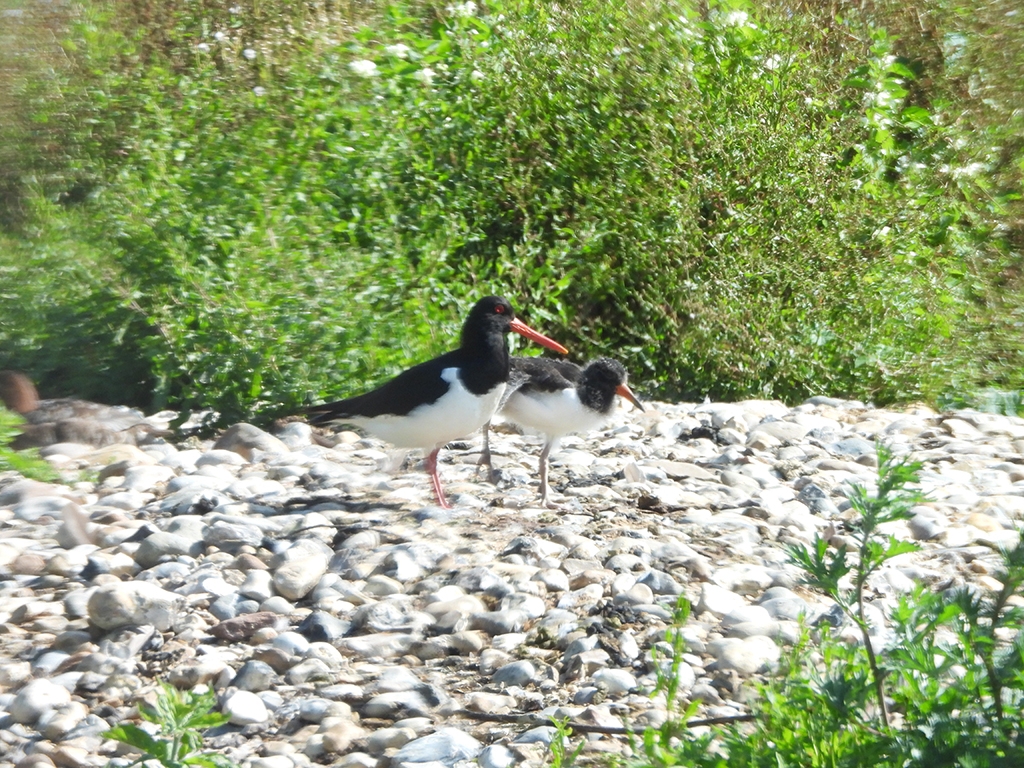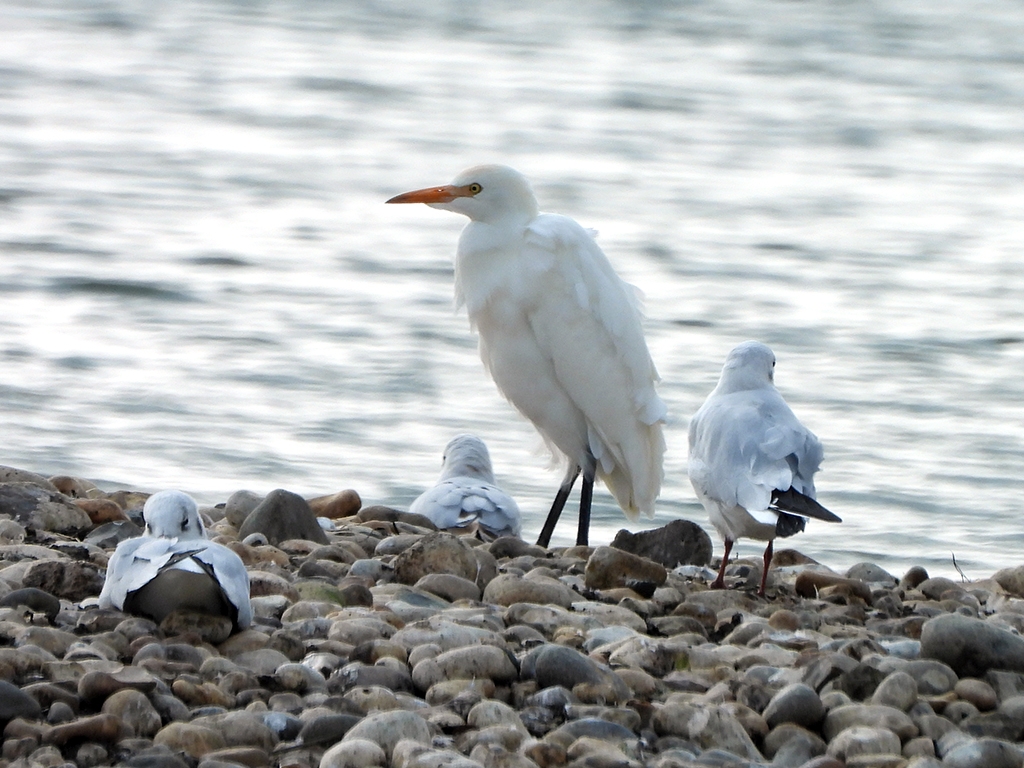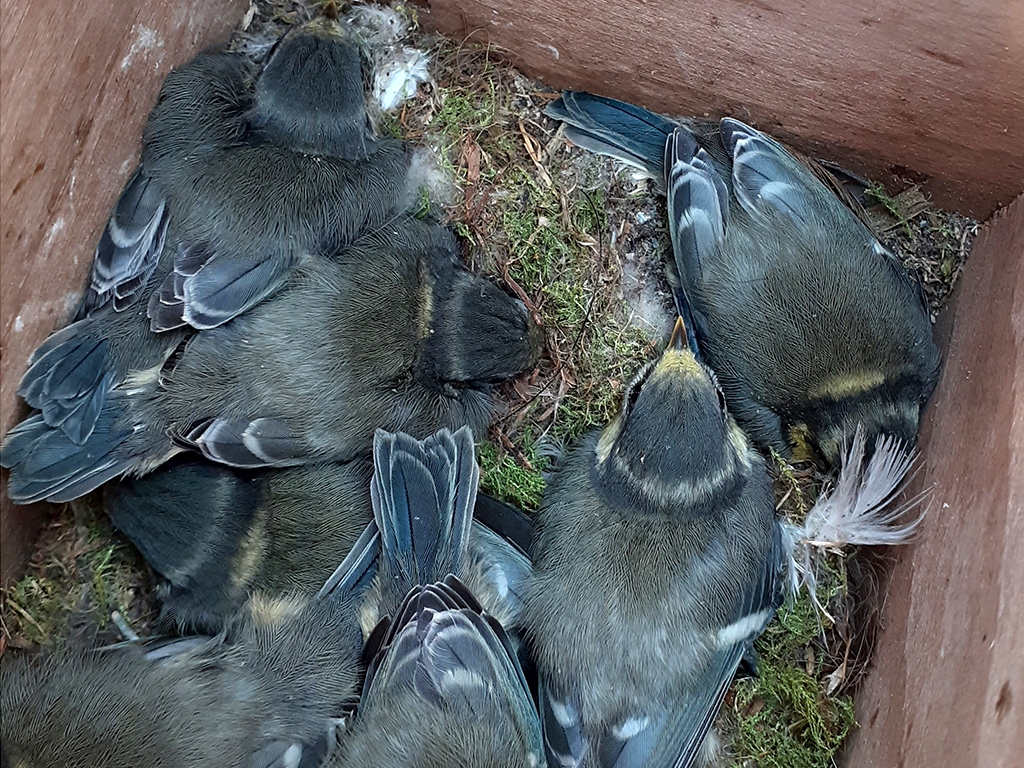Young osprey drops in on a week-long fishing trip

This entry is the text from Paul Steven’s Wildlife Sightings column for Sept 17 edition of the Chichester Observer, Littlehampton Gazette and the Worthing Herald.
A JUVENILE OSPREY dropped in last Tuesday and has been fishing at Arundel Wetland Centre for the past week. WWT Guide Russell Tofts identified the raptor as a juvenile from the streaked feathers on its head. The osprey has been spotted by staff and visitors alike as it hovers high above the waters of the wetland reserve looking for fish. This youngster is likely on his first migration south and has found that the shallow scrapes, the Arun River and large pond at Waltham Brooks nearby make this a great place to fish and feed up for his journey. When he leaves Sussex he will head through Europe and follow the coastline of Africa. It is believed that most juvenile osprey spend their first summer south of the Sahara so it may be a while until this bird is back in the UK.
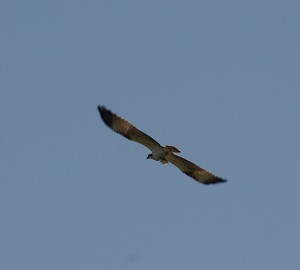
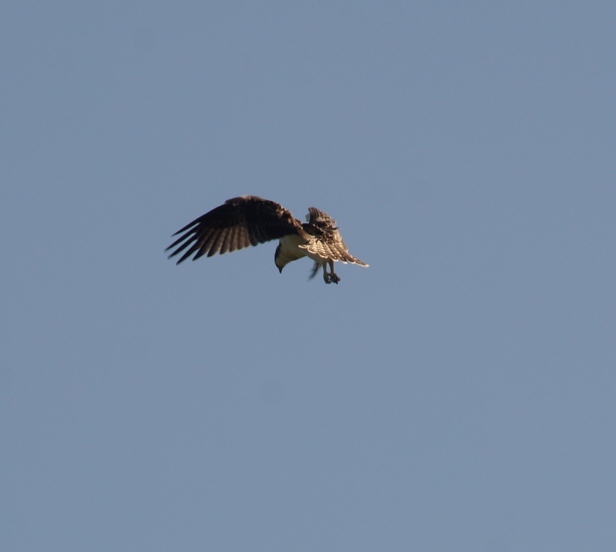
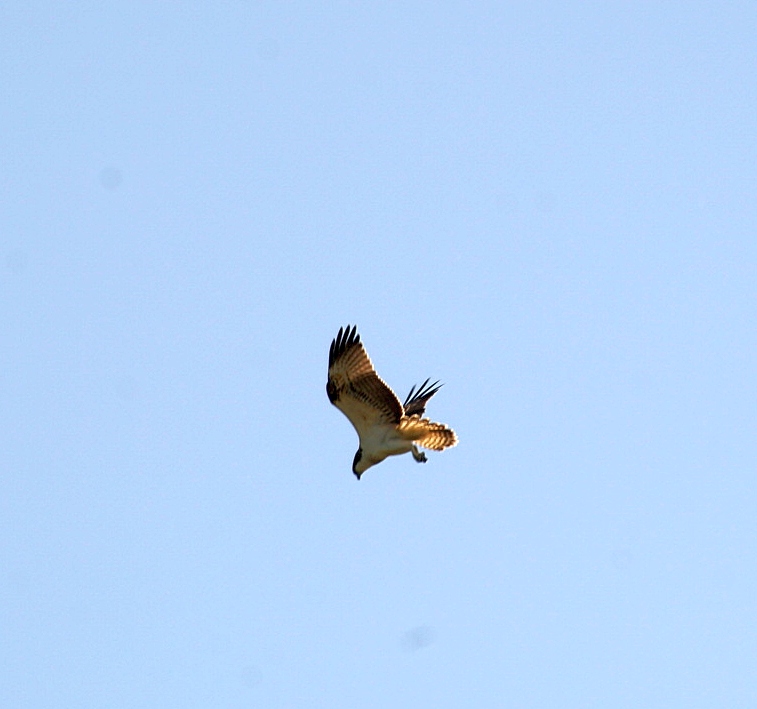
As autumn kicks in we are seeing more snipe arrive onsite. On Sunday I counted five of the waders on islands at the Ramsar hide and saw two flying overhead. Some snipe breed in Sussex but most come in for the winter from Finland, Norway, and Sweden, Northern Europe and some from as far as western Russia. They arrive from August through October looking for places where the mud stays soft so they can feed by probing for insects. The edges of the ponds at Arundel Wetland Centre are perfect, with reeds and sedge offering great camouflage for the snipe’s buff stripes.
The migrating spotted flycatchers were still near the Scrape hide on Monday morning. This little ‘brown job’ of a bird with a few speckles on its head and side is made more interesting by its hunting technique. It flies out suddenly from its perch to grab an insect in its beak, then returns to the same perch. It’s fascinating to watch them for a while. Early September is the best time to see the spotted fly catchers in Sussex when they are at the peak of their migration south.
During Month Night last week from Sept 10-12 we documented a Convolvulus Hawk-moth at one of the hides. This migrating moth from North Africa is a key species on this year’s Moth Night list.
